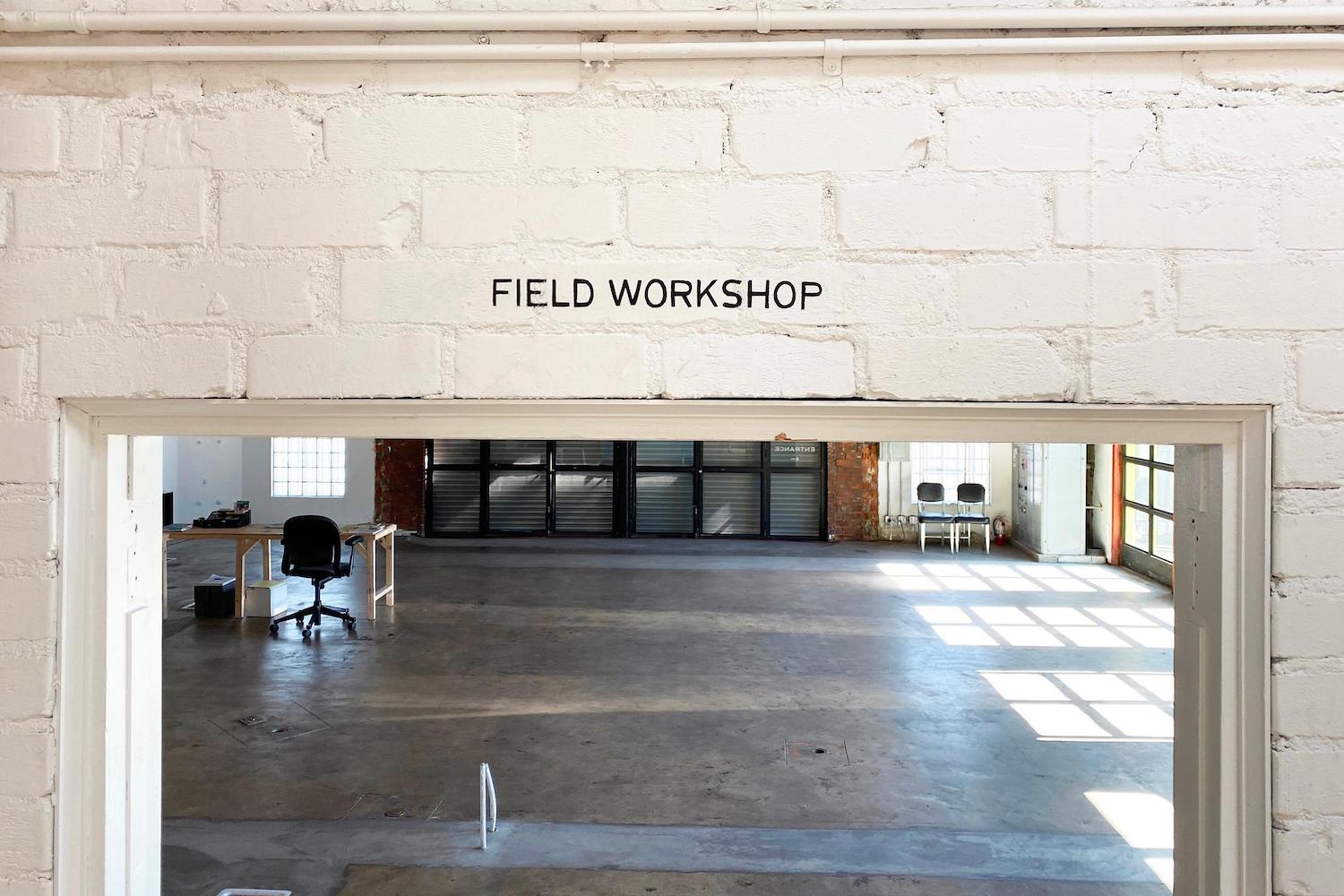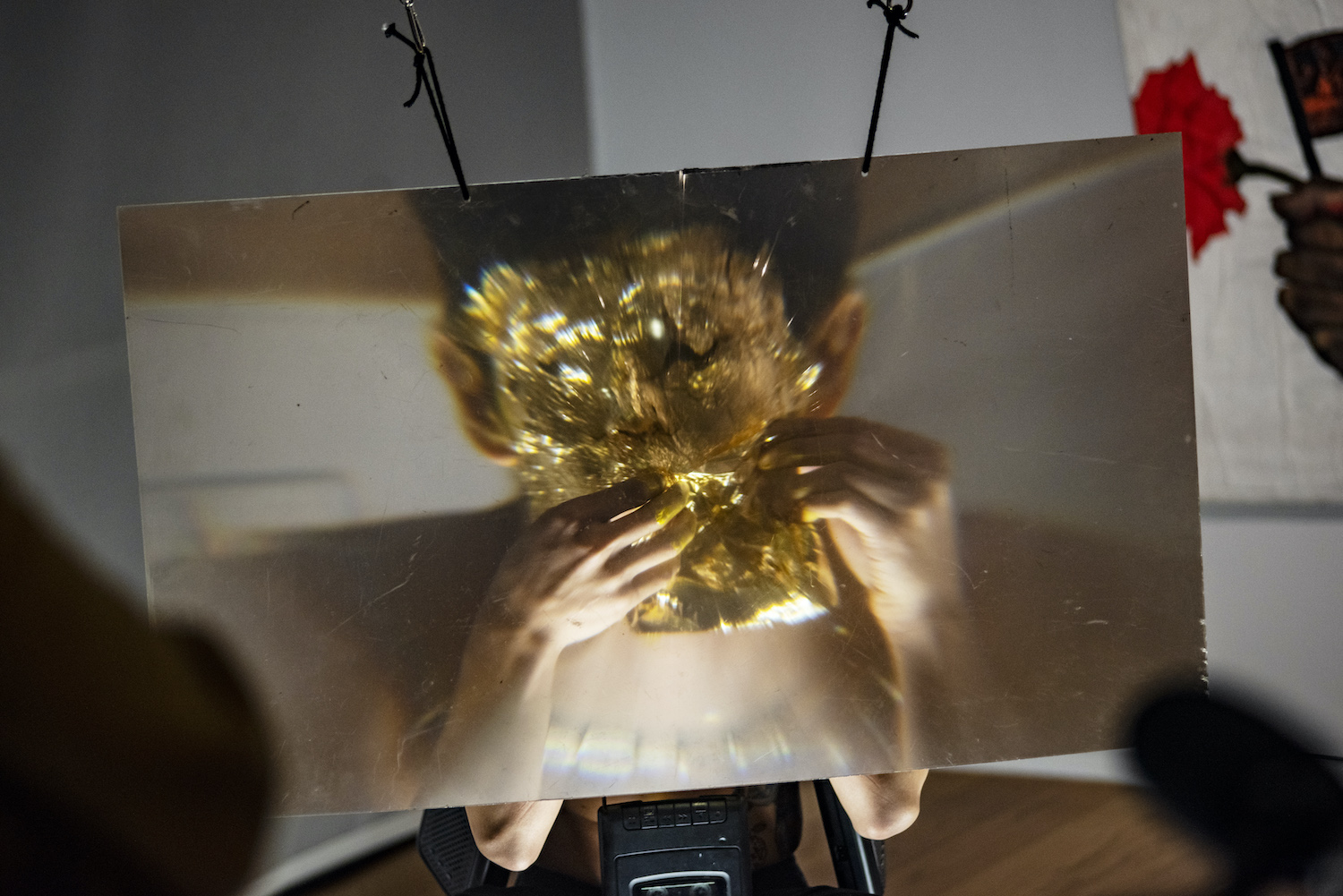
As part of its 30th anniversary season, the Center for Curatorial Studies, Bard College (CCS Bard) presents a multi-day online conference exploring how Blackness has been framed, how Black artists are viewed, and how African diasporic art histories have been shaped through exhibition-making. Marking the first scholarly conference to focus exclusively on African diasporic art exhibitions in the US and the UK, Reshaping the Field will spotlight case studies that have disrupted narratives about Black Art and Artists through presentations by leading art historians and curators such as Bridget Cooks, Cheryl Finley, Serubiri Moses, and Marlene Smith among many others. The conference has been organized by Nana Adusei-Poku, Associate Professor and Luma Scholar at CCS Bard.
Reshaping the Field is inspired by and honors art historian and curator Bridget Cooks’s groundbreaking monograph Exhibiting Blackness: African Americans and the American Art Museum (2011), which was the first critical exploration of exhibitions in major American art museums that focus on African American artists. In her research, Cooks identified two methodological paradigms: the “anthropological,” emphasizing Black racial difference and white normalcy, and “the corrective approach,” aimed at redefining and expanding American art. Reshaping the Field aims to expand the record of exhibition histories through a selection of pioneering shows that have shaped the domain of Black art today.
Exploring the tension between art as universal versus identity-specific, each panel discussion will approach this tension in different ways, showing that the question of Black identity in art and exhibition-making is inherently historically and systemically produced. The conference additionally aims to reflect on the sociopolitical circumstances that were essential to the emergence of a field of study and mode of exhibition that is constantly reshaping itself and challenging normative orders.
Through presentations by some 20 art historians and curators, who represent both secondary researchers and contemporary witnesses to these moments, the conference will bring to the fore knowledge that traverses art historical research and oral history, while generating primary sources. This approach is particularly invaluable in spotlighting the contributions by historically Black colleges and universities, from 19th century until the middle of the 20th century, which laid the groundwork for collections and the support of artists that allowed the field to emerge.


